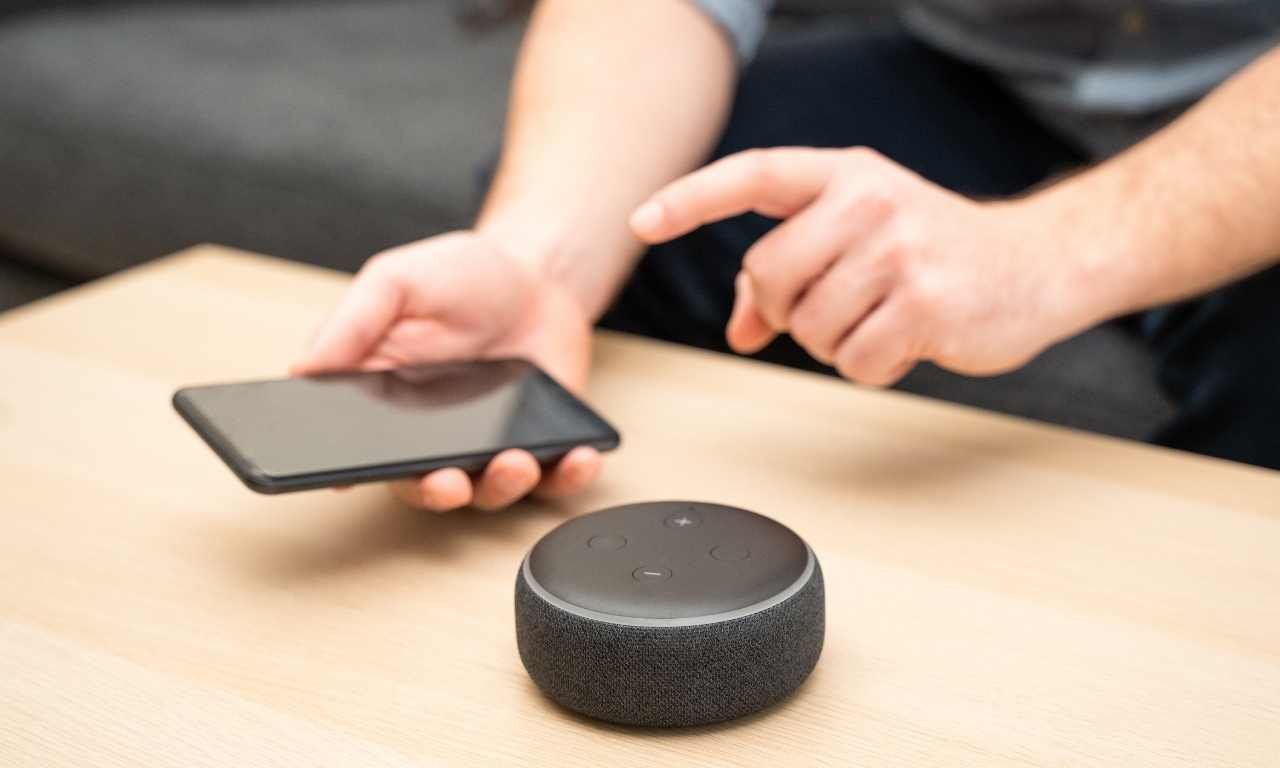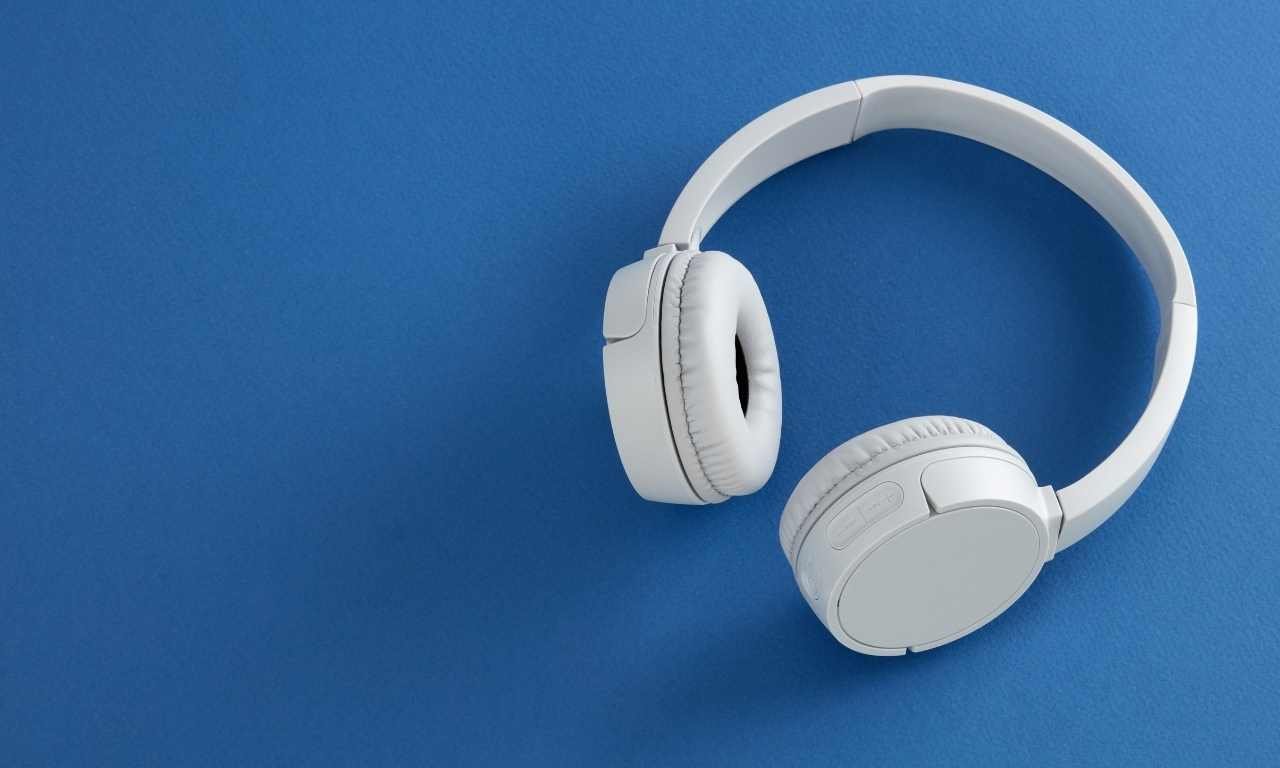Bluetooth headphones are all the rage these days. They offer the convenience of wireless listening while freeing up your phone or other device to perform other tasks.
The problem is that Bluetooth audio compression isn’t great, and it’s even worse when you’re using more than one codec at a time (because then you end up with multiple layers of compression). If you’ve ever compared some new-fangled Bluetooth headphones to some high-end wired cans, chances are the wired ones sounded significantly better. And if you’re someone who listens critically to recorded music, the difference is likely apparent to you right out of the box–which means your expensive wireless ‘buds might not be getting their full potential workout.
Bluetooth Headphones can produce muffled audio when they are exposed to moisture , build up too much debris in the speakers, have faulty wireless connection,or are receiving from a poor audio source.
Exposed To Moisture
Exposure to moisture often occurs during exercise. Sweat from your head is known to leak into the speakers of your headphones and cause muffled audio .
In order to produce quality sound, Bluetooth headphones need a clear path between the drivers and your ears . If there’s too much debris in the way, it can interfere with this process. Depending on what kind of earbuds you have, they may feel “clogged” or uncomfortable after even a few minutes of listening This is fine for casual use, but not ideal if you want optimum performance when working out. Have Faulty Wireless Connection
A faulty wireless connection could be interfering with sound quality because it reduces the signal-to-noise ratio between your phone and your headphones.
In most cases, this is just a matter of confirming that you’re linked up to the right bluetooth source and then adjusting the headphone’s physical orientation until you get an optimal signal. If you’re still experiencing muffled sound, however, there may be some other issue at work. Bad Audio Source
If the audio file itself has been compressed or otherwise manipulated before it hits your Bluetooth headphones, chances are good that whatever codec the device is using will only make things worse . For best quality, look for high-res tracks with as few compression artifacts as possible. To achieve this on your mobile device, choose WAV as your preferred music file type instead of MP3 (or use FLAC if you want to go completely lossless).
Build Up Debris
Over time, hair and dust can accumulate on the speakers of your headphones. This build-up makes it difficult for them to produce the full range of sound that they are capable of producing. Due to this , your audio may sound muffled and unclear.
In order to reduce the amount of debris in your headphones, we recommend regular cleaning of your Bluetooth headsets . Build up can occur quickly and it is important to stay on top of this so that you do not experience sound problems down the line.
To clean your headphones, use a small amount of warm water and dish soap or alcohol if necessary . Gently rub the speakers with cotton swabs until they are clear from any dust, hair, or other particles. Note: Do not submerge Bluetooth speakers under water! Allow them to air dry before using again. For a more thorough cleaning solution, you could also try some compressed air to get rid of buildup inside your phones.
Faulty Wireless Connection
A poor wireless connection can create static or low-quality sound . To test if this may be the problem, try playing audio from a wired source instead. If you still hear muffled sounds, then your wireless connection is likely at fault . Fault in connection may be due to bad Bluetooth connection, distance, obstruction, interference or incorrect pairing.
Distance may be an issue if you’re too far away from your source device. Newer Bluetooth devices are capable of maintaining connections over longer distances , but if you live in a particularly dense area or are surrounded by many potential sources of interference (competing bluetooth signals), it’s possible that they won’t work as advertised.
To find out how close you need to be to maintain a steady connection with your source, consult the manufacturer specifications for your specific device . You will have to have line-of-sight between the two devices at all times in order for them to communicate properly. If there is an object blocking this communication path, then your signal could be disrupted .
Obstructions can also be the source of connection issues. For instance, if you’ve got a wall between your headphones and your device, the connection will be weak or nonexistent (depending on how thick the obstruction is). If possible, try moving to where there are fewer obstructions in the form of walls or metal objects (such as appliances) between your devices.
Interference can also come from other Bluetooth-enabled devices that are not supposed to be paired with your headphones . This is usually caused by pairing these devices with another audio source without disconnecting them first. To fix this issue , simply forget all pre-existing connections on your playback device and then pair it again.
Receiving From Poor Audio Source

If your Bluetooth headphones are receiving audio from sources with limited bandwidth or resolution (such as an analog radio), then they will not perform at their best because they cannot fully reproduce all the highs and lows of the track . To test this, try listening to a lossless or CD-quality file on your playback device and then use another Bluetooth headset with the same source to see if they produce similar sounds.
If you’re having trouble getting your headphones to play nice with your specific device, contact the manufacturer for advice on which Bluetooth profiles are compatible with their products. There may be a few device-specific guidelines that you need to follow in order for them to work well together.
Not Having Enough Bandwidth
Bluetooth headsets were originally designed for telephone use and as such, they don’t have the capacity to reproduce all of the highs and lows that can be found in a full-length recording .
To provide sufficient power to the earpiece drivers, Bluetooth uses “low energy” compression algorithms that cut out frequencies beyond those required for speech. If you want high-quality sound , it’s best to stick with wired models which are fully capable of reproducing music as it was meant to be heard by your favorite artists .
On the other hand, low-quality recordings may suffer from muffled sounds if they’ve been compressed too much at their source (such as a cell phone), regardless of whether they’re being played through wired or wireless headphones. In this case, you can use Audacity to clean up your track by removing excess noise and adjusting the pitch of the recording .
If you want to make sure that your wireless headphones are performing at their best , consider buying a high-quality music player for use with them. To maximize sound quality, check the specs on these new devices because many of them now support high-resolution audio files (which contain more frequencies than their compressed counterparts) .
Improperly Attached Mic And Audio Jack
If the problem only occurs when your phone is connected to a Bluetooth headset, then there’s a chance that it has become unplugged from one of the jacks . This can happen if you accidentally pull out either one or both of them while trying to connect your device.
If this happens, simply reattach the 3.5mm audio jack and the microphone in their respective slots on your phone . Make sure that each connection clicks audibly after being inserted back into place so that they are securely fastened.
On some phones, including certain models in Samsung’s Galaxy line , there are separate ports for the external speaker and 3.5mm headphones . As such, if you’re having trouble with sound interruptions , make sure that you have plugged your headphones into the right jack .
If you’re still having trouble with muffled sounds after checking all possible external factors, then it could be time to consider a replacement. In most cases, this is only necessary if there is clear damage present on the device that may prevent proper audio playback from passing through it.
Software Issues
It may be that your specific device has a software issue which is causing the device’s built-in speakers and/or wired headphones to produce muffled sounds . If this is the case, then there are some steps you can try out before resorting to factory resetting the phone.
One thing to check for is whether or not your phone automatically switches modes depending on what you plug it into . For example, many devices automatically switch from using Bluetooth to using the external speaker after being paired with a headset . To fix this problem , first make sure that you’ve unchecked any automatic mode switching options that may appear in either your phone’s settings menu or within its Bluetooth connection menu .
If this doesn’t solve the problem, then consider upgrading your phone’s firmware . If you’ve installed any third-party apps that are altering the audio playback on your phone , then they may be responsible for changes to the sound quality. To fix this, all you have to do is uninstall these apps.
Faulty Audio Drivers
If this is the first time that you’ve had your device, or if you purchased it second hand, then there may be a problem with its audio drivers . These drivers allow specific devices to communicate with components in your phone and send out sound signals accordingly.
If they are not working properly , then it’s possible for sound to become distorted and even inaudible when passing through them. This can happen because improperly calibrated audio drivers will attempt to compensate for abnormalities in the signal path, thus causing the issue.
In order to fix this problem yourself, you’ll need to download updated versions of your phone’s official software from your service provider’s website ( such as Verizon Wireless ) . Make sure that these files match up perfectly with your device before installing them, then follow the on-screen prompts in order to complete the installation.
If neither of these solutions solve your problem, then you may have a faulty audio driver . In this case, only an official service technician from your device’s manufacturer can help you out by updating or repairing it accordingly.
Conclusion –
If you notice muffled sounds from one earpiece of your Bluetooth headset , there’s a chance that it is because either your wireless connection is faulty or audio is being sent from an incompatible source . In order to fix this problem , check all connections between devices first to make sure that they are all working properly.
If you still notice muffled sounds, then try playing audio from a wired source , which will ensure an excellent sound quality .No matter what the problem is, if your headphones are not functioning properly or do not sound right, take into consideration that they might have some build-up inside them. You might have to clean them in order to get the full effect of their performance.


Leave a Reply